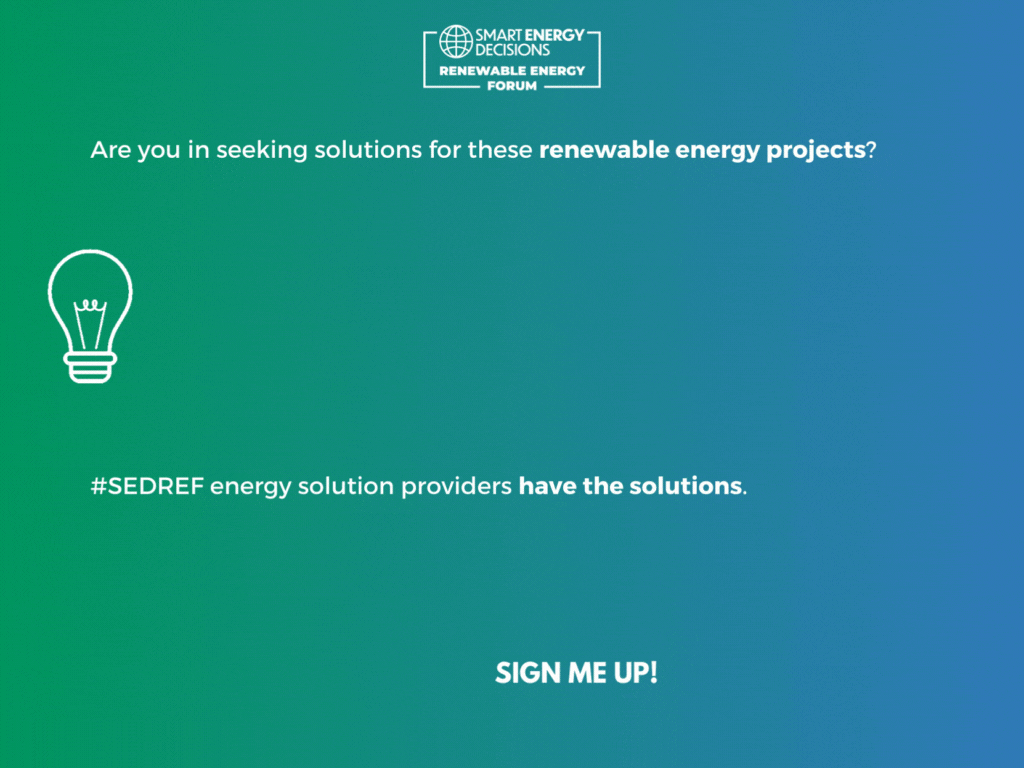Energy Efficiency, GHG Emissions, Industrial - May 5, 2021
EnLink Midstream to Reach Net Zero Emissions by 2050, With Midway Milestones
EnLink Midstream announced on May 4 its intention to reach net zero greenhouse gas emissions by 2050, with practical strategies to follow and milestones to meet as the company moves toward this goal.
EnLink also issued its 2020 Sustainability Report and joined The Environmental Partnership, a coalition of oil and natural gas companies committed to pursuing emissions reductions.
The company is pursuing significant emissions reduction strategies to position EnLink to achieve net zero emissions by 2050 and minimize its impact on climate change. The company continues to follow the transition to less carbon-intensive energy production.
"EnLink embraces both our responsibility to safely deliver energy and our role in the energy transition to a lower-carbon environment. We believe natural gas and petroleum products will continue to serve as critical fuel sources. Nearly 90% of EnLink's business is focused on lower-emitting natural gas and natural gas liquids, so we provide products that our lives and economy will need for decades to come, while lessening the industry's carbon impact," said Barry E. Davis, EnLink Chairman, and CEO, in a statement. "EnLink continuously seeks ways to improve and become more efficient. Setting a path to reach net zero emissions by 2050 and outlining the steps we will take and milestones we will pursue illustrates that EnLink is building momentum on our sustainability journey and driving toward what we see as the future of midstream."
A cross-functional team of company leaders is developing strategies to move EnLink forward on its long-term emissions route. EnLink's emissions reduction milestones while reaching net zero emissions by 2050 include:
- Achieving a 30% reduction in methane emissions intensity by 2024, as compared to 2020 levels
- Pursuing a path to reach a 30% reduction in our total CO2e emissions intensity by 2030, as compared to 2020 levels
- Reviewing many emissions reduction innovations and opportunities, including replacing or retrofitting natural gas-driven pneumatic controllers to lower-emitting alternatives; Increasing usage of renewable energy to power our operations, and implementing carbon capture technologies for beneficial reuses or sequestration of carbon dioxide
Read These Related Articles:
Stay Up-To-Date












